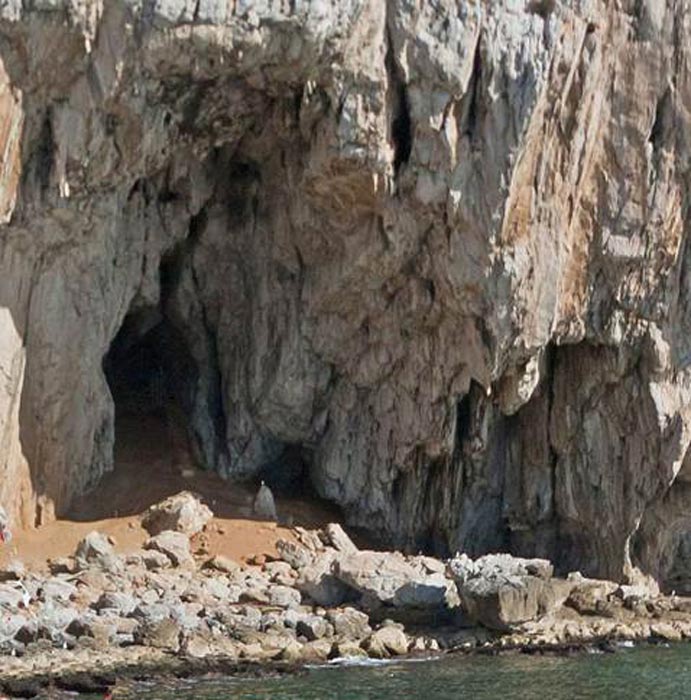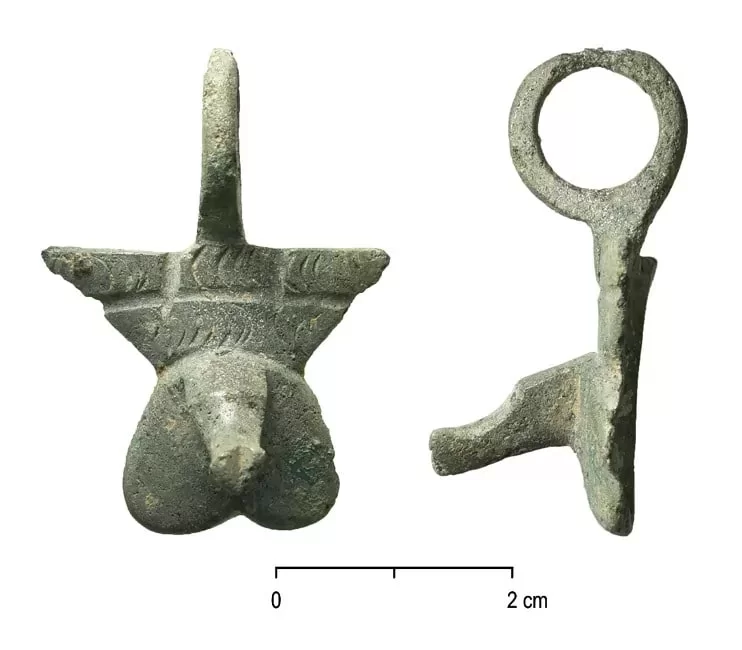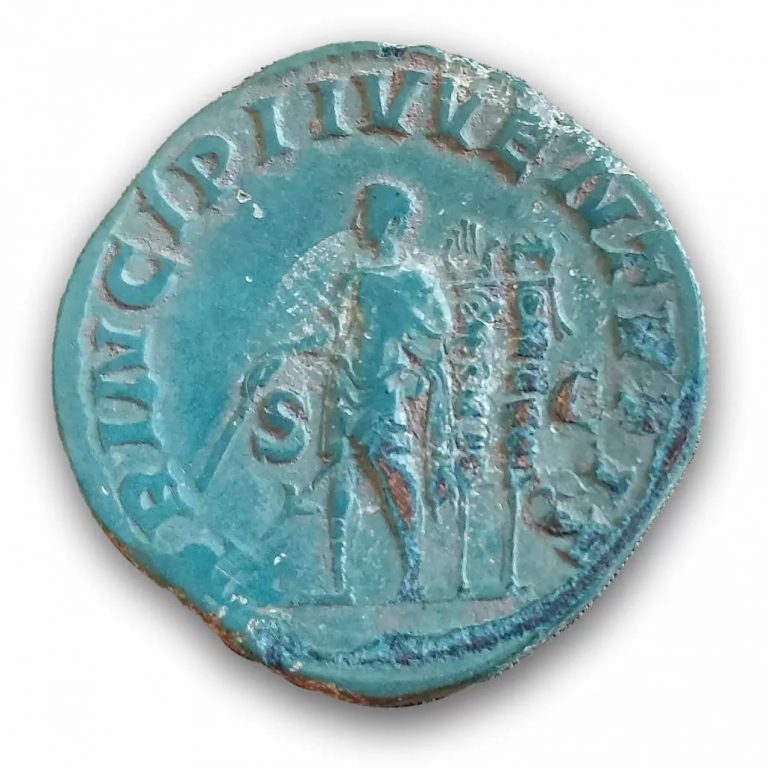40,000-Year-Old Chamber Of Secrets Discovered At Gorham’s Cave Complex
A cave chamber sealed off by sand for some 40,000 years has been discovered in Vanguard Cave in Gibraltar — a finding that could reveal more about the Neanderthals who lived in the area around that time.

“Given that the sand sealing the chamber was [40,000] years old, and that the chamber was, therefore, older, it must have been Neanderthals,” who lived in Eurasia from about 200,000 to 40,000 years ago and were likely using the cave, Clive Finlayson, director of the Gibraltar National Museum.
While Finlayson’s team was studying the cave last month, they discovered the hollow area.
After climbing through it, they found it is 43 feet (13 meters) in length, with stalactites hanging like eerie icicles from the chamber ceiling.
Along the surface of the cave chamber, the researchers found the remains of lynx, hyenas and griffon vultures, as well as a large whelk, a type of sea snail that was likely carried into the chamber by a Neanderthal, the archaeologists, said in a statement.
The researchers are eager to see what they will find once they start excavating.
One possibility is that the team will discover Neanderthal burials, Finlayson said.
“We found the milk tooth of a 4-year-old Neanderthal close to the chamber four years ago,” he said.
The tooth “was associated with hyenas, and we suspect the hyenas brought the child [who was likely dead] into the cave.”
Researchers have discovered plenty of evidence of Neanderthals’ presence in the cave system, called the Gorham’s Cave Complex, including a carving that may have been early Neanderthal artwork.
In addition, findings have suggested that, at this cave system, our closest extinct relatives butchered seals, plucked feathers off birds of prey to wear as ornaments and used tools, previously reported.
Scientists have speculated that this cave system may have been one of the last places Neanderthals lived before they went extinct around 40,000 years ago.





